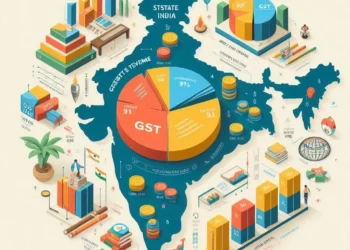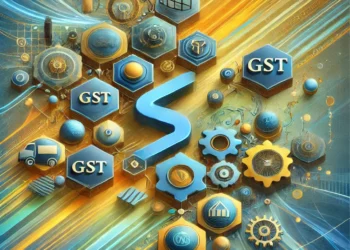Readers may remember that the Government of India ceased the publication of advance GST collection data on the Press Information Bureau (PIB) website a few months ago. This data, once a regular fixture, fueled extensive public debate and numerous analyses highlighting the rapid growth in GST revenues. Importantly, GST represents a significant aspect of India’s indirect tax regime, affecting even the poorest citizens who, due to their income levels, are not subject to direct taxes. Contrary to what some might believe, the Government of India has not only resumed publishing GST data, but has also significantly improved the quality of this information, offering deeper insights than ever before. This note aims to guide you through the revamped reporting structure, exploring its implications for understanding India’s macroeconomic health. We will discuss whether the GST collections are beneficial for the broader economy, address potential concerns, and highlight the critical insights these data points reveal.
New Reporting Structure: Key Insights
Interpreting GST data can be challenging. Previously, the data published on the PIB website presented gross figures that could be misleading because they did not account for refunds (both domestic and exports), which represent a significant portion of the gross. For instance, in FY24, out of the total GST collections of ₹20.18 lakh crore, refunds amounted to ₹2.18 crore, reducing the net collections to only ₹18.01 lakh crore. The importance of considering refunds is underscored by the fact that they constitute approximately 11% of the total gross value.




